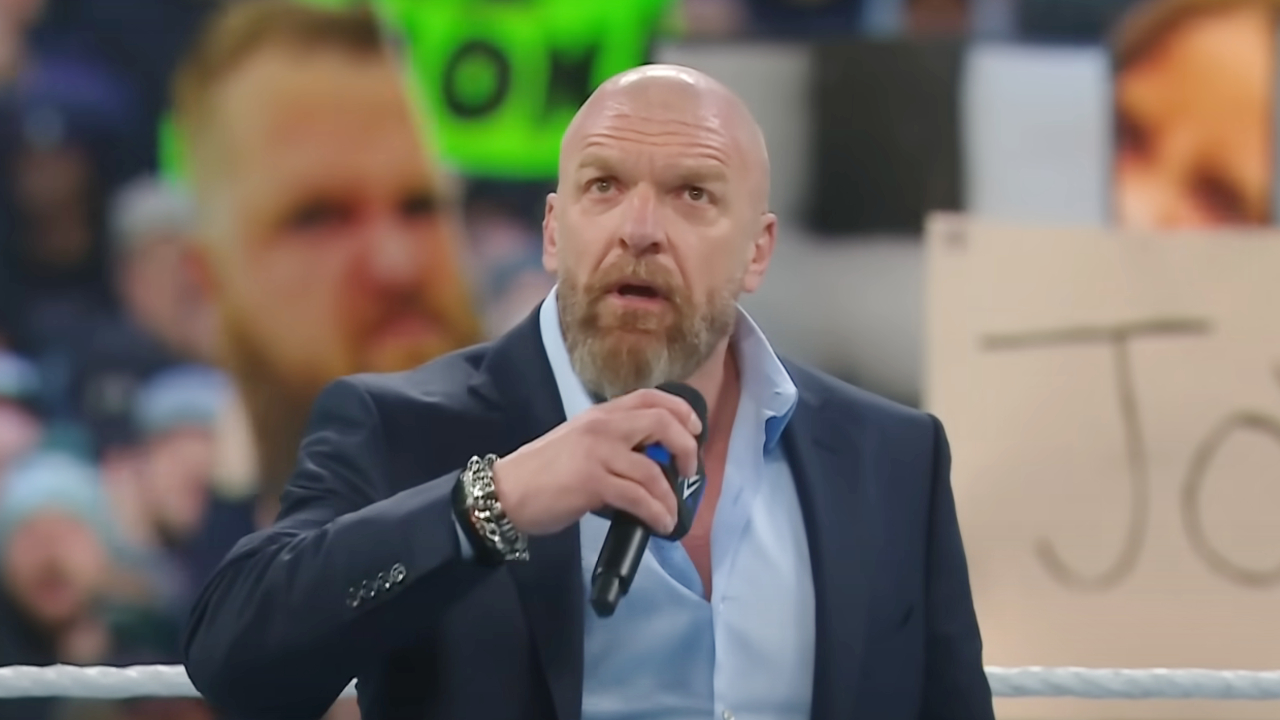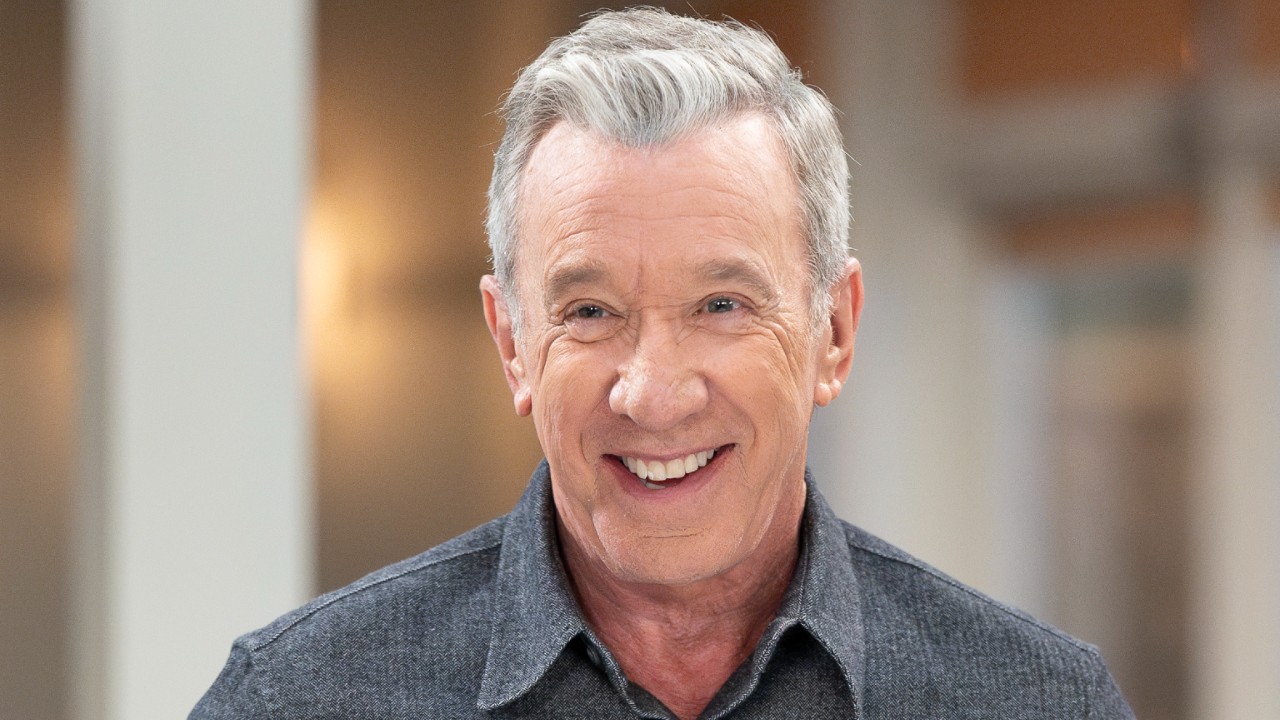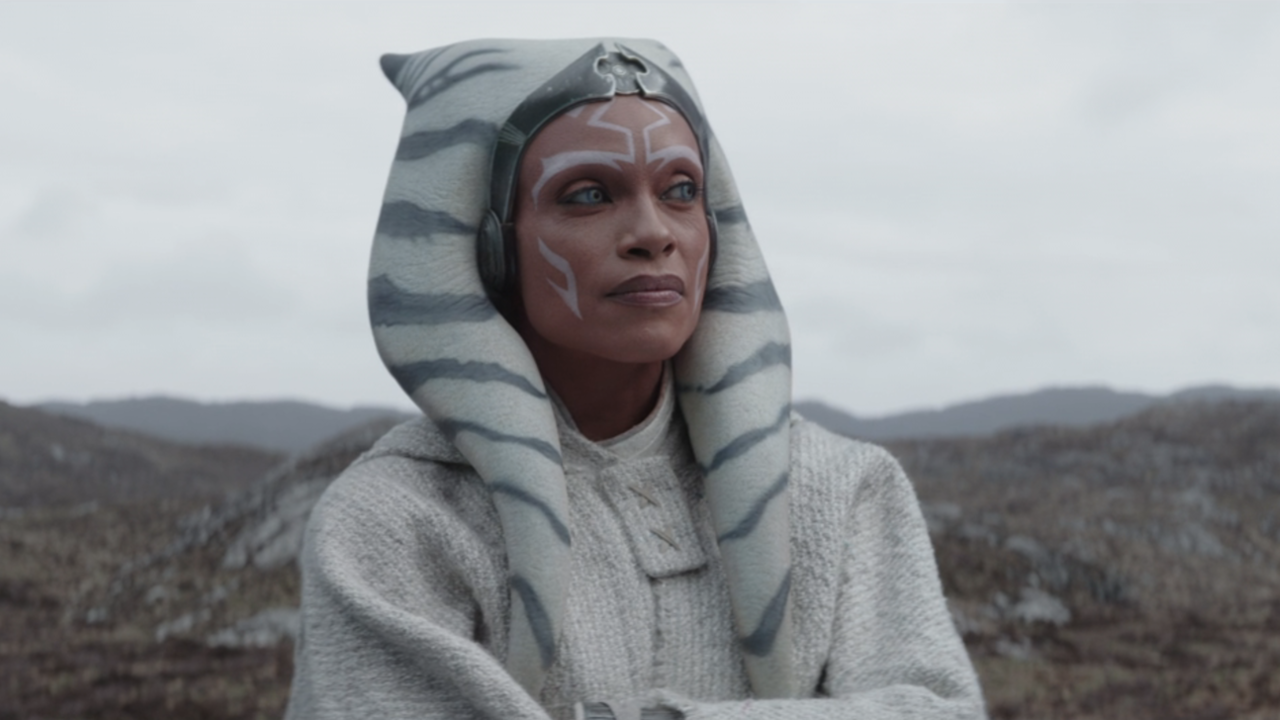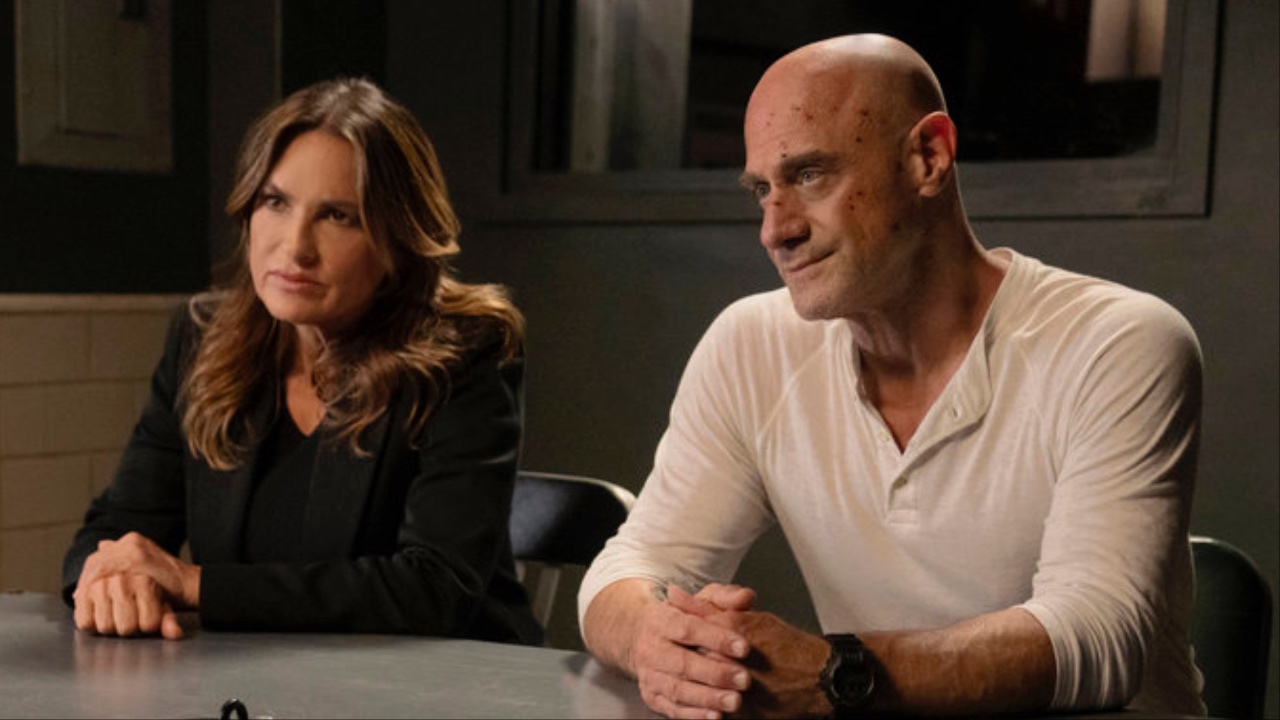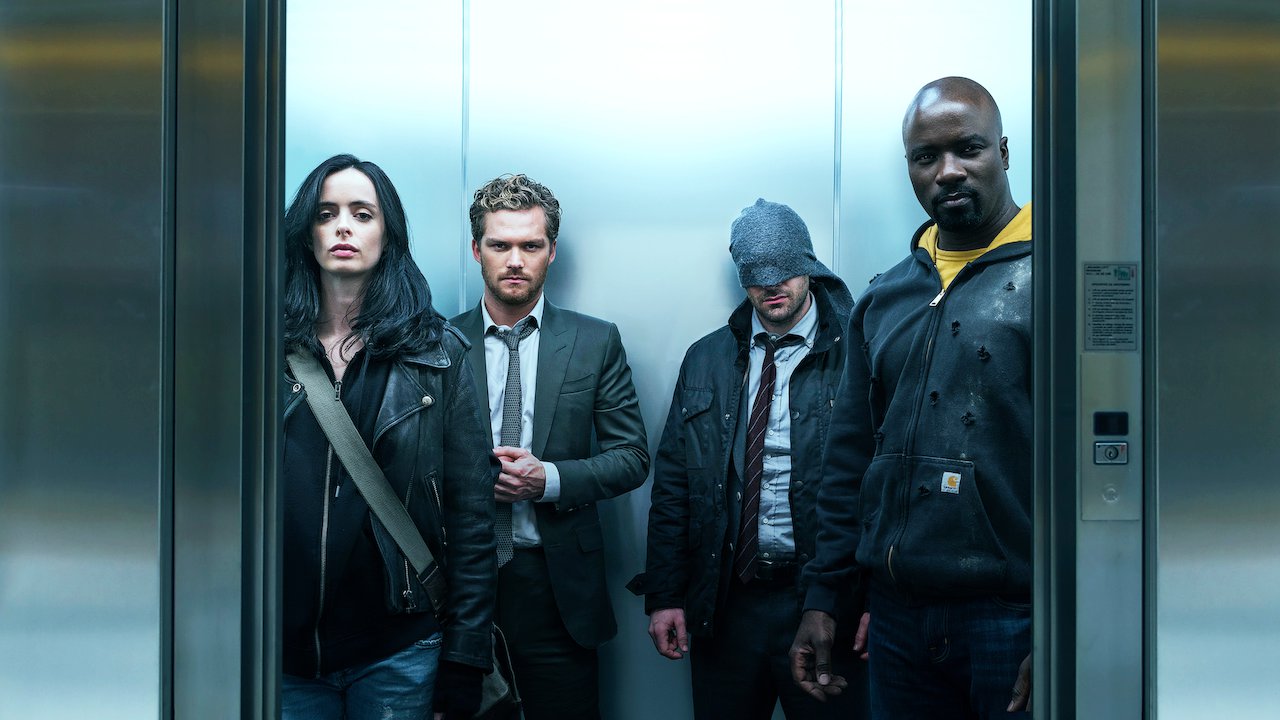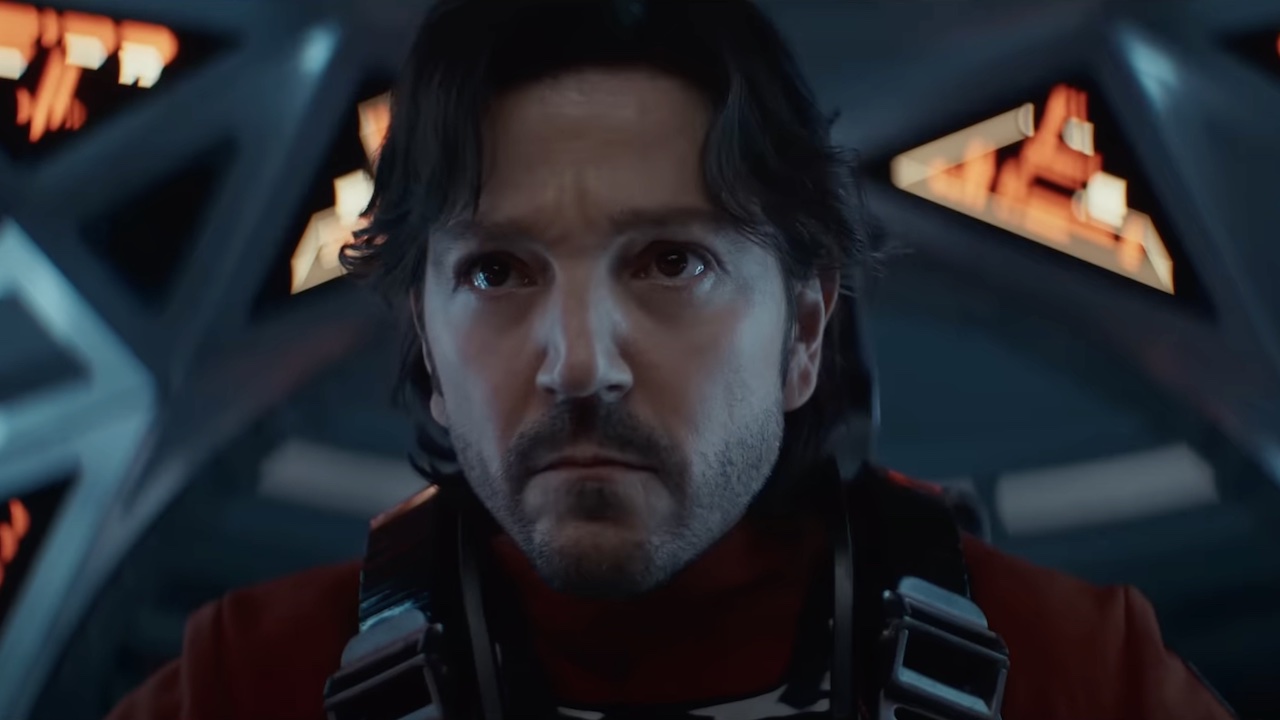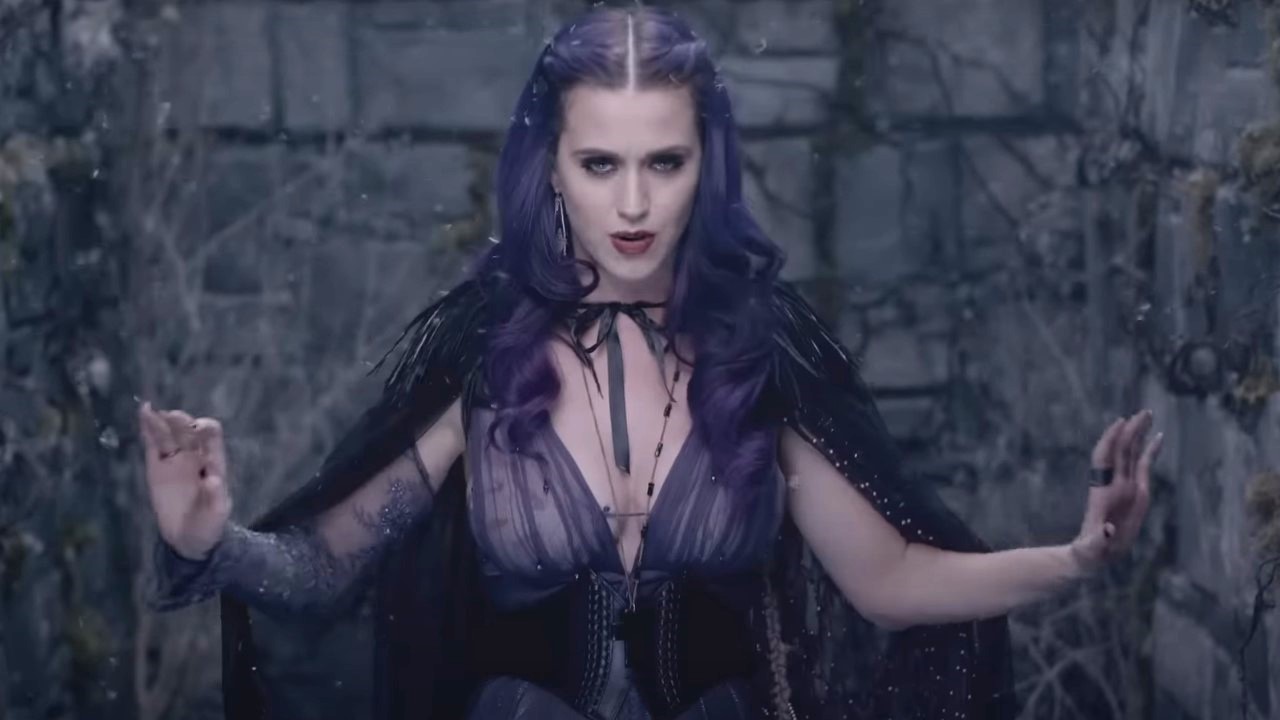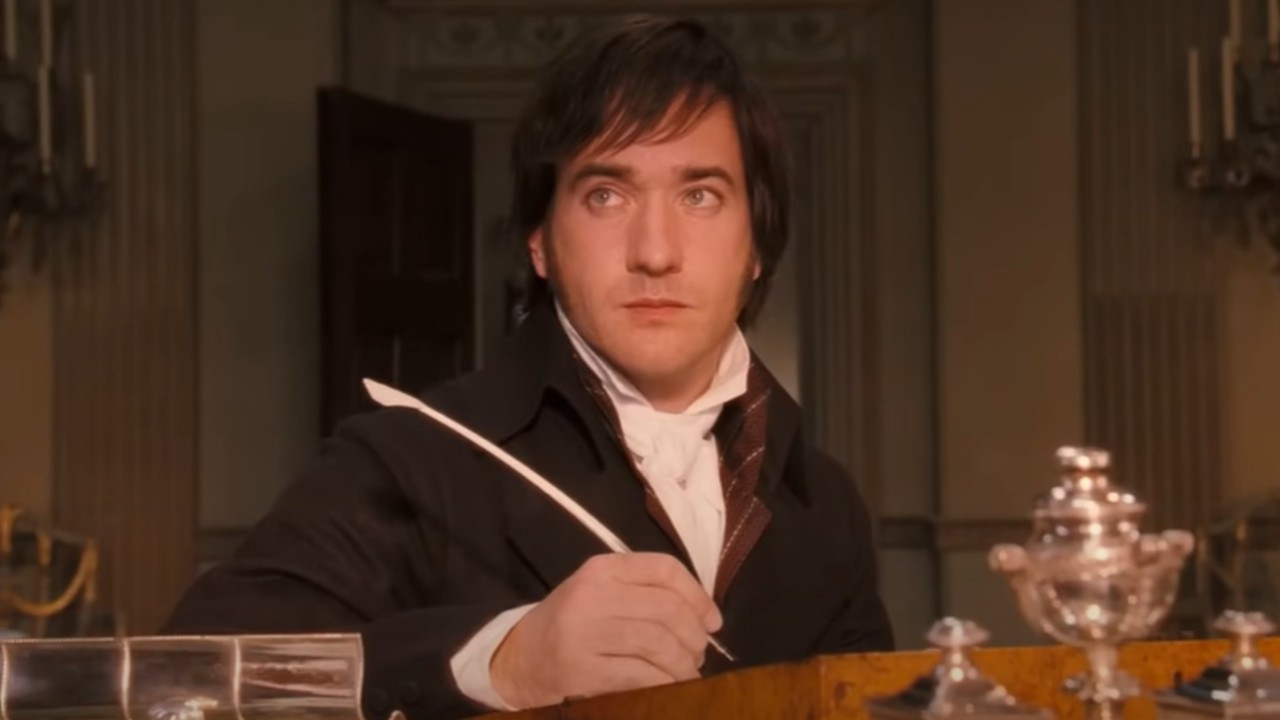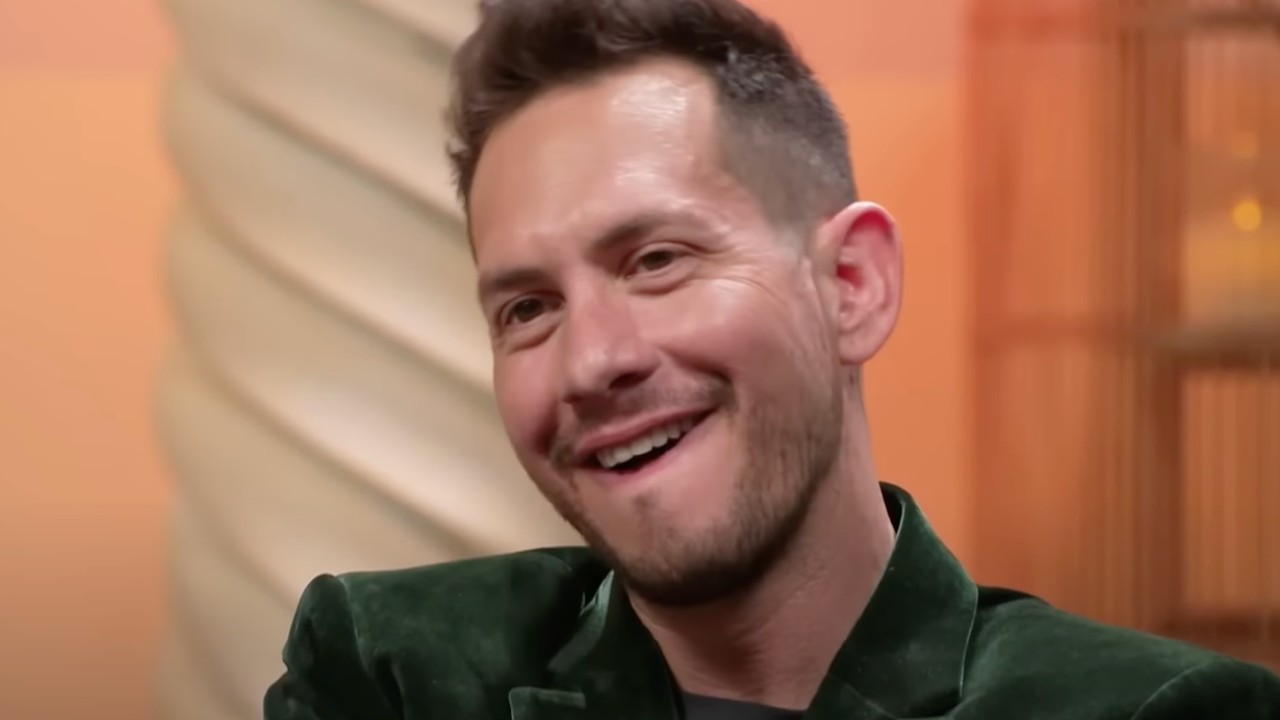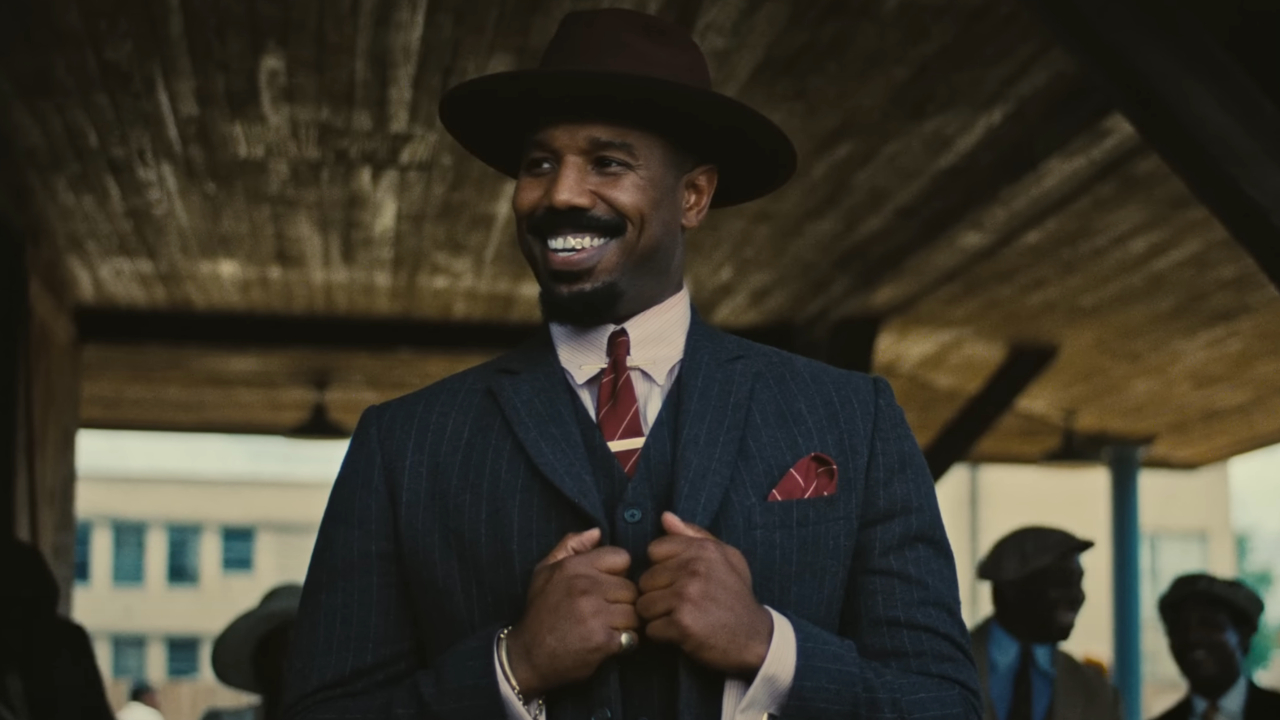James Wan And Jason Blum Discuss The Main Ways DC Films Differs From Their Approach To Horror
Makes sense, when you put it this way.
Horror has many masters. Mainly because there are several different types of horror, most of which are showcased on our list of the 30 best horror movies of all time. But James Wan and Jason Blum have been driving the car for horror fans for years now, collaborating together on the Insidious and Conjuring franchises, as well as cult masterpieces like Malignant. However, Wan has also transitioned over to superhero work, thanks to directing Aquaman and the upcoming DC movie Aquaman and the Lost Kingdom. But he and Blum say that DC planning is nothing like horror planning.
There’s a reason for that. The DC movies, and superhero films in general, come with an incredibly healthy budget. And horror films generally do not. This is how Blumhouse wins. They keep their costs down, and their profits high. So when I asked the duo, with Insidious: The Red Door hitting theaters, if they ever sat down to map out the timeline of Insidious stories, Jason Blum told me:
I think James gets enough of that in his DC life. We approach movies very differently. In fact, the first movie, when James and Leigh (Whannell) were making the first movie, the last thing we would ever… poor James and Leigh, they had five dollars to make this movie. And it was incredibly difficult, the first one. So the last thing I would ever say is, ‘While you’re making this movie and trying to make everything work for no money, can you also think about what Insidious 2 would be?’ That would be the way to ensure we would never get Insidious 2. Because James will tell you, it’s virtually impossible to make a movie that connects with audiences like Insidious connected with them, for four dollars.
Which makes perfect sense. Concentrate on the movie that you are making, and make it as flawless as you can. If the audience responds, then start to think about taking them on the next step of the journey. However, as James Wan goes on to explain, there’s different pressure in the comic book world. A storyteller always has to be looking ahead. As Wan explains it to us:
With the bigger films, you have to think about how many sequels, the world, the franchise. So it was refreshing, at least on the first Insidious, to just go, ‘Hey, we just want to make the best movie we can with the team that we have, with the resources we have to play with. And have the most fun telling this story.’ And approach it that way. But for Whannell and myself, we always have in the backs of our minds other stories in the world. I’ve always said that when I think about one movie, I like to think of the bigger world that the characters inhabit. And that story is just a slice of a bigger space. And so that if we are fortunate enough to tell future stories, I can just branch out and look at the other world that we have created. Even if we didn’t put it down on paper. That’s the kind of stuff I like to think about.
Which is why I think James Wan has successfully transitioned from horror to superhero blockbusters. Because he does think about that bigger picture, and the larger world that is being created in something like Aquaman. Someone needs to explain this to Jason Momoa. Apparently he’s still baffled by Aquaman’s success, but he’ll be bracing for a fresh wave of popularity when his and James Wan’s sequel reaches theaters later this year.
In the meantime, make sure that you check out Insidious: The Red Door, which Patrick Wilson directs as a continuation of the story presented in Insidious and Insidious 2. It’s in theaters as we speak.
CINEMABLEND NEWSLETTER
Your Daily Blend of Entertainment News
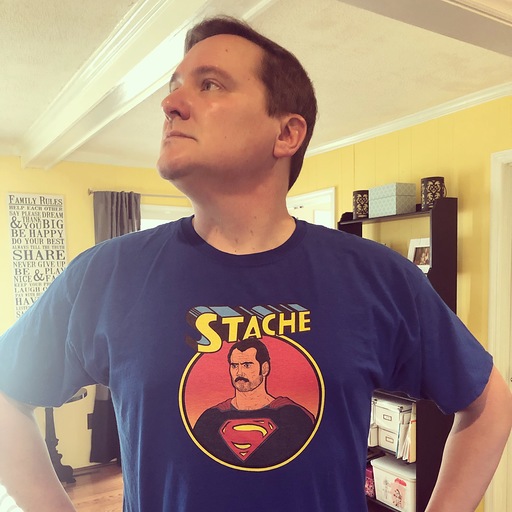
Sean O’Connell is a journalist and CinemaBlend’s Managing Editor. Having been with the site since 2011, Sean interviewed myriad directors, actors and producers, and created ReelBlend, which he proudly cohosts with Jake Hamilton and Kevin McCarthy. And he's the author of RELEASE THE SNYDER CUT, the Spider-Man history book WITH GREAT POWER, and an upcoming book about Bruce Willis.
